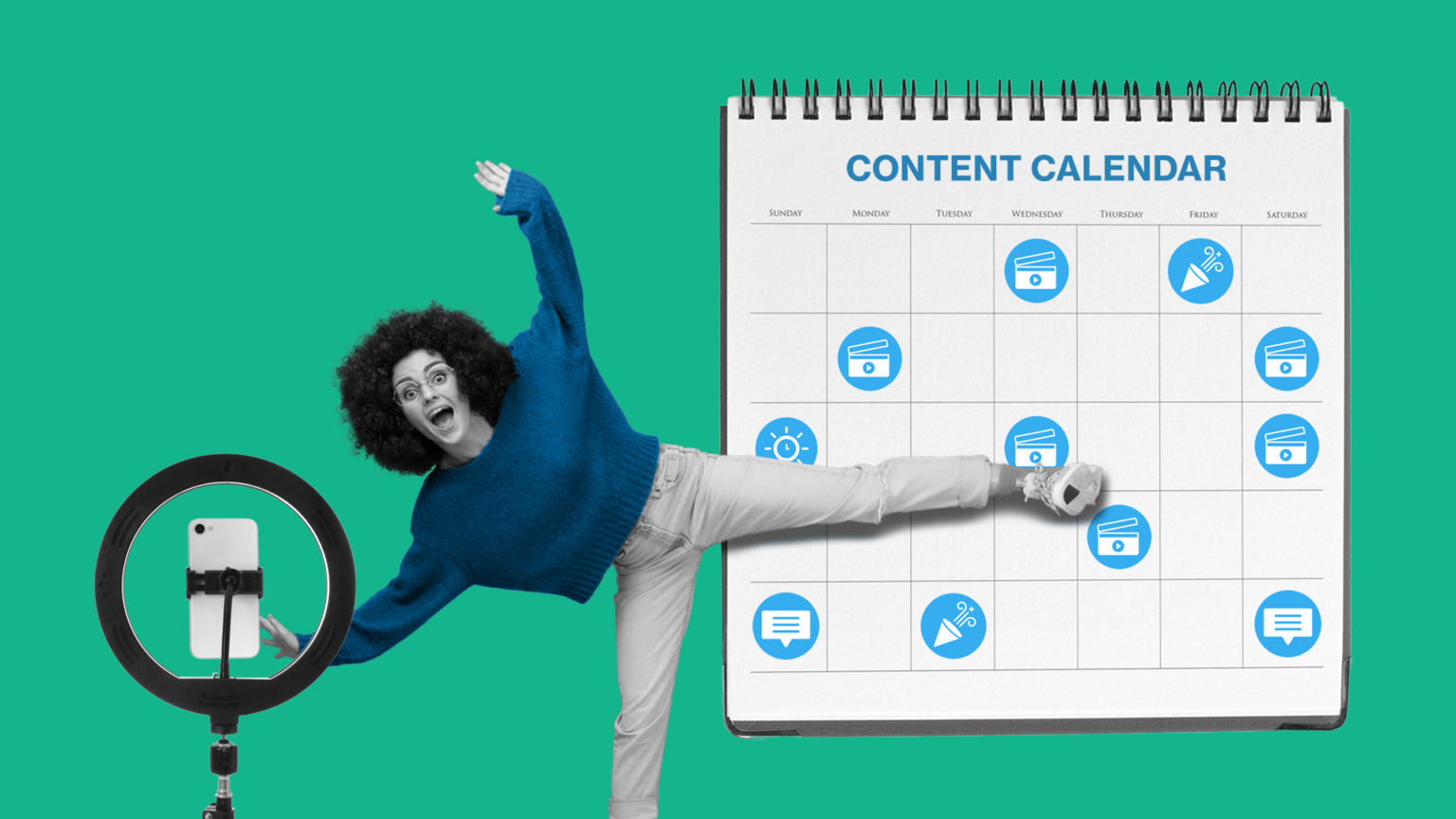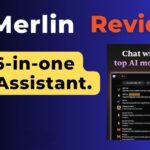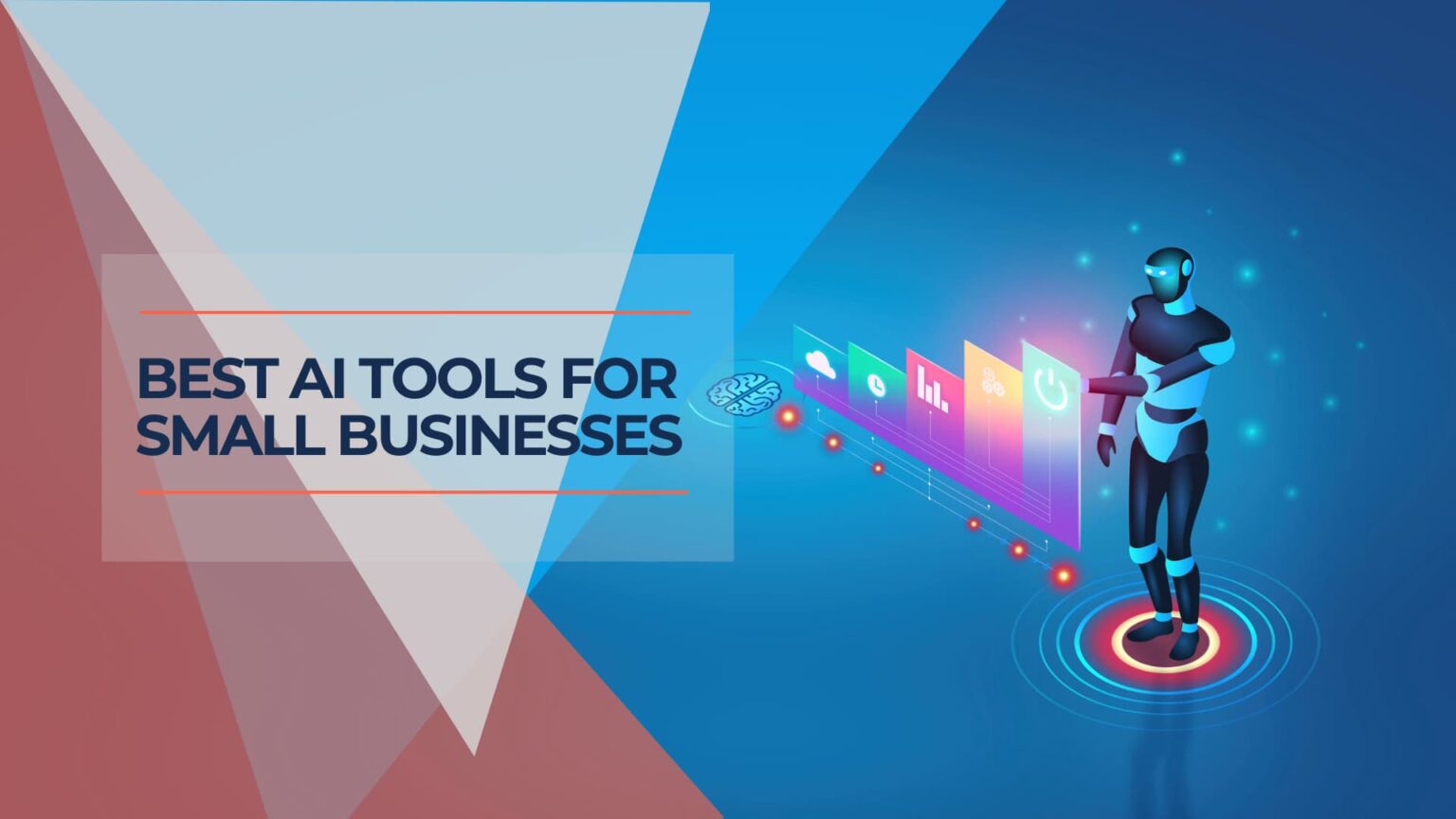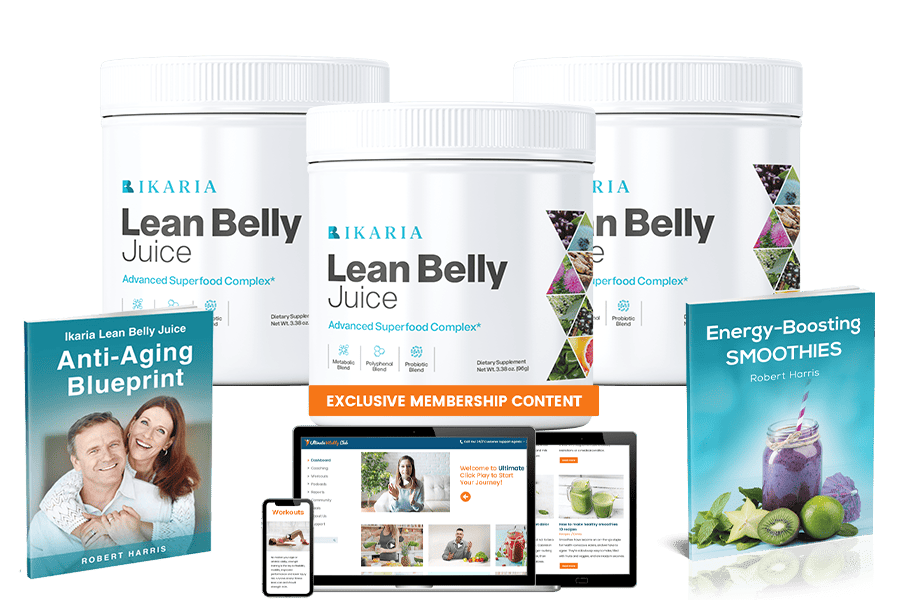Did you know that 65% of bloggers don’t plan their content? This shocking fact comes from a recent survey. It shows a big gap in blog content planning. As we enter 2025, it’s time to change this and make your blog successful.
Planning your blog content is more than just writing ideas. It’s a smart way to turn your blog into a business. With a good content strategy, you can improve your SEO, connect with your audience, and reach your goals better.
Creating a blog editorial calendar might seem hard, but it’s a big help. It saves time, keeps your content consistent, and helps you use seasonal changes. Also, planned content usually does better in search results, bringing more visitors to your blog.
How to Plan Blog Content? Planning doesn’t mean you can’t change. Your content strategy should be flexible. This way, you can try new ideas and adjust based on what your audience says. By knowing your audience and checking how your posts do, you can make content that connects and works.
Key Takeaways
- Most bloggers don’t plan content, creating an opportunity for those who do
- A content strategy enhances SEO, audience engagement, and goal achievement
- An editorial calendar saves time and improves content consistency
- Planned content often performs better in search results
- Flexible planning allows for adaptation to new ideas and audience feedback
- Understanding your audience is crucial for effective content planning
Understanding the Importance of Blog Content Planning
Planning your blog content is key to success in 2025. A good plan helps you meet your audience’s needs and reach your blogging goals. Let’s see why planning is important and how it can make your blog better.
Benefits of a Well-structured Content Strategy
A solid content plan saves time and boosts SEO. It helps you avoid missed chances and focus on your best ideas. With over 2.5 billion blogs every year, standing out is all about planning.
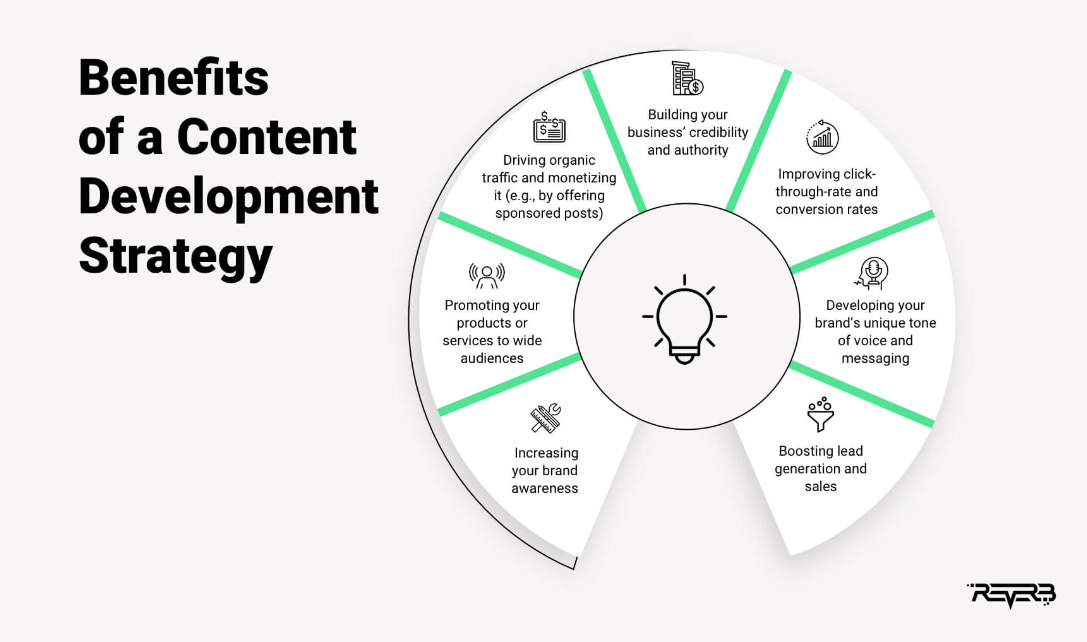
Key benefits include:
- Creating content that resonates
- Aligning with business goals
- Keeping stakeholders organized
- Improving content speed
- Boosting engagement and conversions
Impact on SEO and User Engagement
Planning helps with SEO by focusing on keywords and optimizing content. It also leads to a regular posting schedule, which search engines like. By creating content that meets audience needs, you boost user engagement.
Aligning Content with Business Goals
Your content plan should match your brand’s goals. By reviewing your content and looking at competitors, you find gaps and chances. This ensures your blog supports your business and helps it grow.
“Content marketing is the only marketing left.” – Seth Godin
Good content planning means setting clear goals, knowing your audience, and measuring success. Use AI tools for insights and adjust your plan based on results. Remember, being flexible is crucial to keep up with trends and audience changes.
Defining Your Blog’s Purpose and Target Audience
Starting a successful blog means knowing your purpose and who you’re writing for. Your goals guide your content and editorial plan. First, decide why you’re blogging and who you’re writing for.
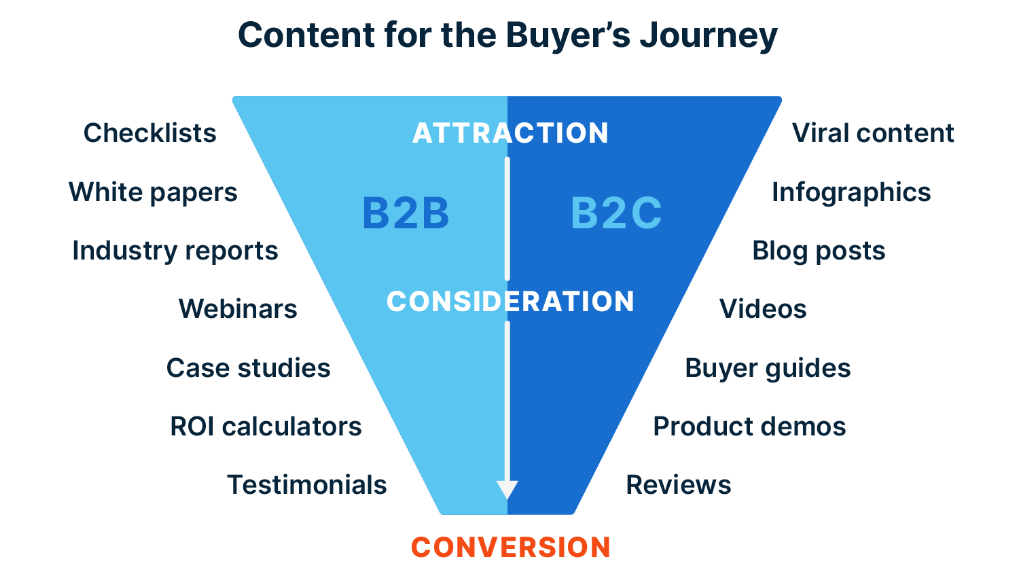
Think about these important points for your blog’s purpose:
- Industry focus
- Unique value proposition
- Brand voice and tone
- Content types (how-to guides, case studies, news updates)
To find your target audience, do deep keyword research. This shows what your readers are looking for. Use this info to make content that interests and helps your audience.
| Audience Aspect | Questions to Ask |
|---|---|
| Demographics | Age, location, occupation? |
| Pain Points | What problems do they face? |
| Interests | What topics excite them? |
| Preferences | Preferred content formats? |
After setting your purpose and audience, match your content promotion with their likes. This way, your blog will reach the right people and get more engagement. A clear purpose and audience are key to planning a successful blog.
How to Plan Blog Content: Essential Steps for Success
Planning your blog content is key to standing out online. With over a billion websites, making your content stand out is crucial. Let’s look at the essential steps for planning your blog content.
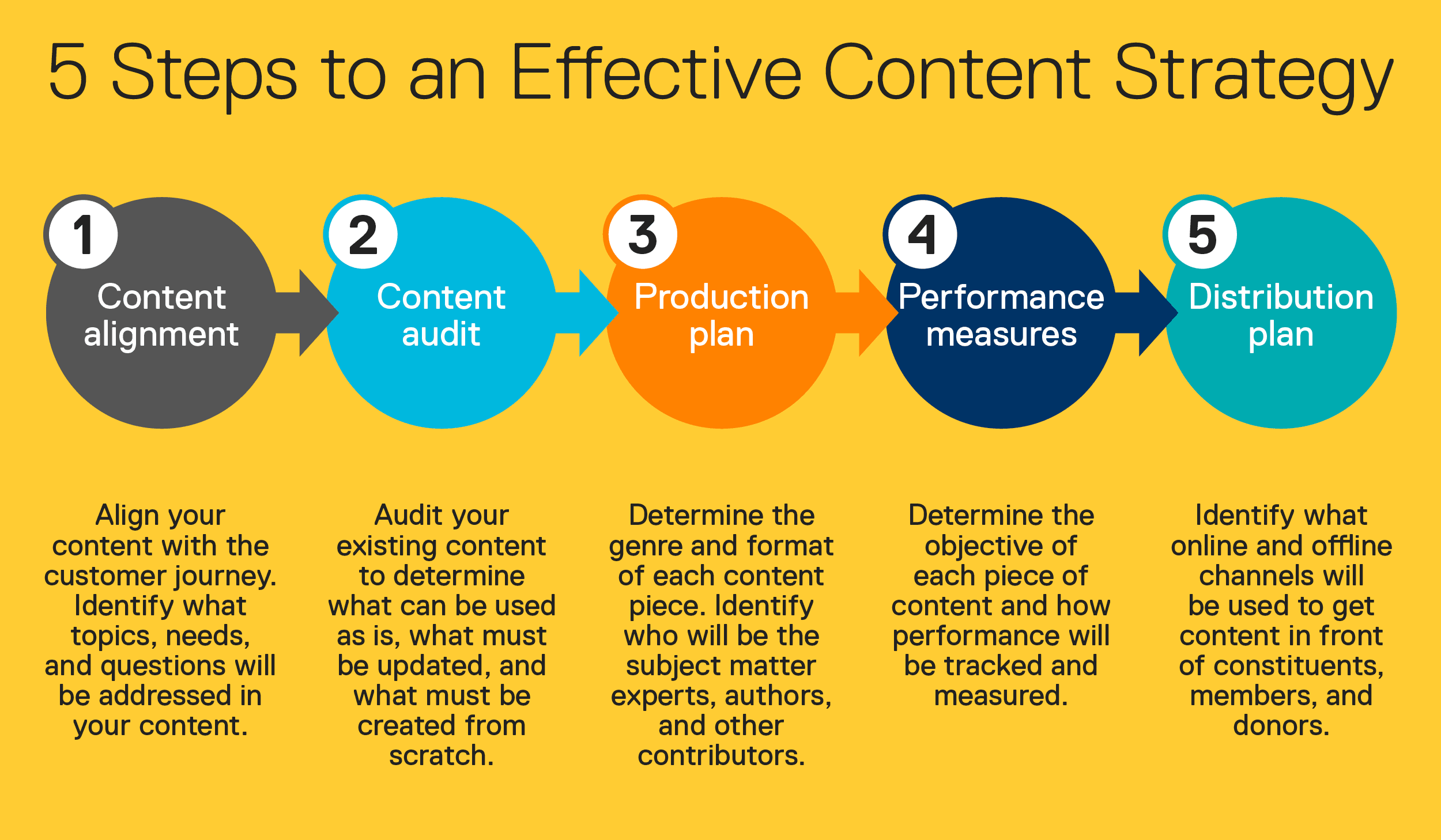
Conducting Keyword Research
Keyword research boosts your SEO and attracts the right readers. Use tools like Google Ads Keyword Planner or Ubersuggest to find what people are searching for. Long-tail keywords help attract the right audience and build your authority.
Creating a Content Calendar
A content calendar keeps you organized and consistent. Plan your posts based on your schedule, marking important dates. This way, you’re ready for seasonal topics and trends.
Developing Content Pillars
Content pillars are broad topics that form your blog’s foundation. They help you set goals and find topics your audience loves. Create clusters of related content to show your expertise and boost SEO.
Balancing Different Types of Content
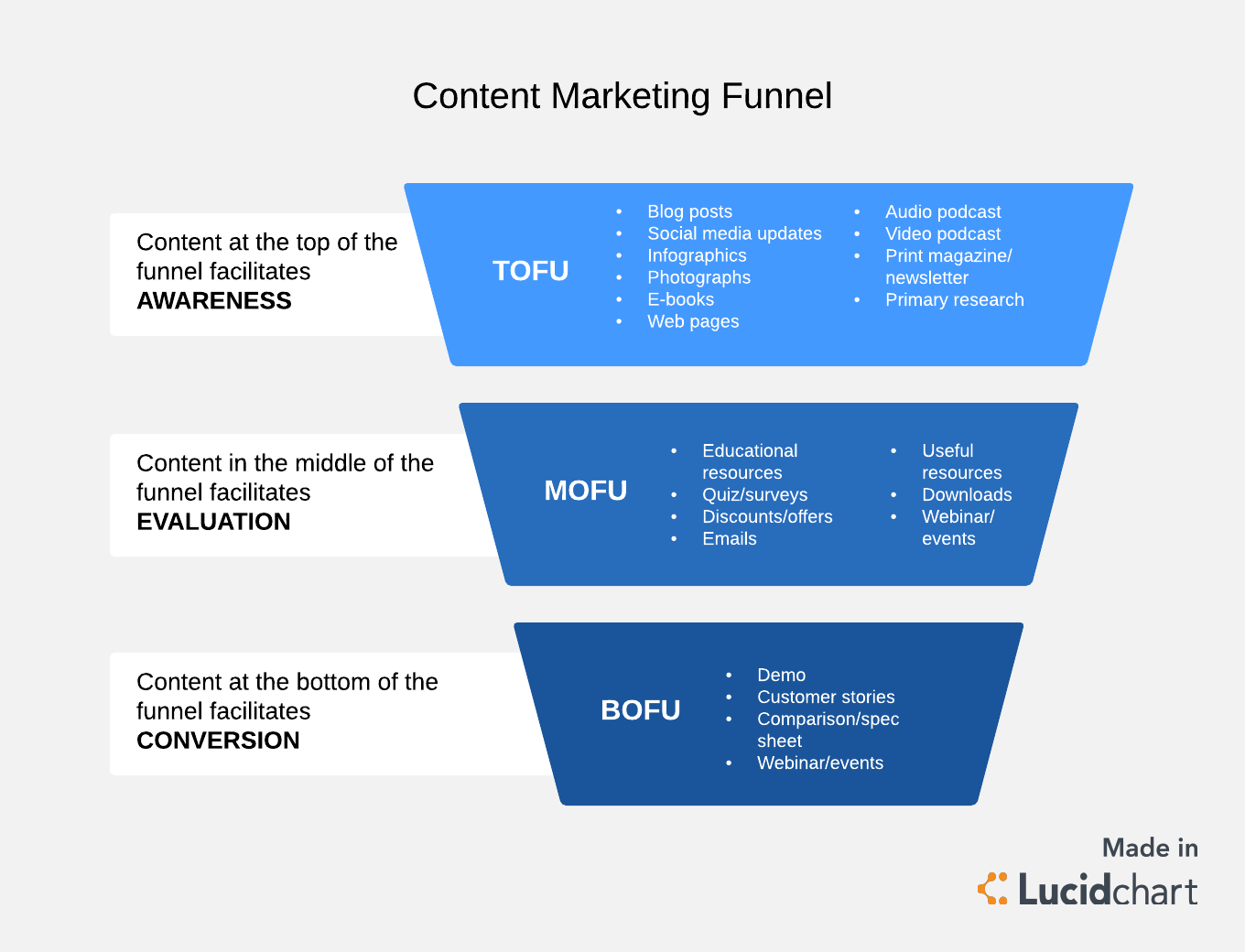
Vary your content to keep your blog interesting. Include:
- Informational posts to educate your audience
- Reviews and comparisons for middle-of-funnel readers
- Product explanations and testimonials for bottom-of-funnel content
Know your audience and tailor your content to their needs. By following these steps, you’ll have a solid plan for success.
Tools and Resources for Effective Blog Content Planning
Planning your blog content can change your online game. The right tools help you plan, create visual content, and promote your blog. Let’s look at key resources for a winning blog strategy.
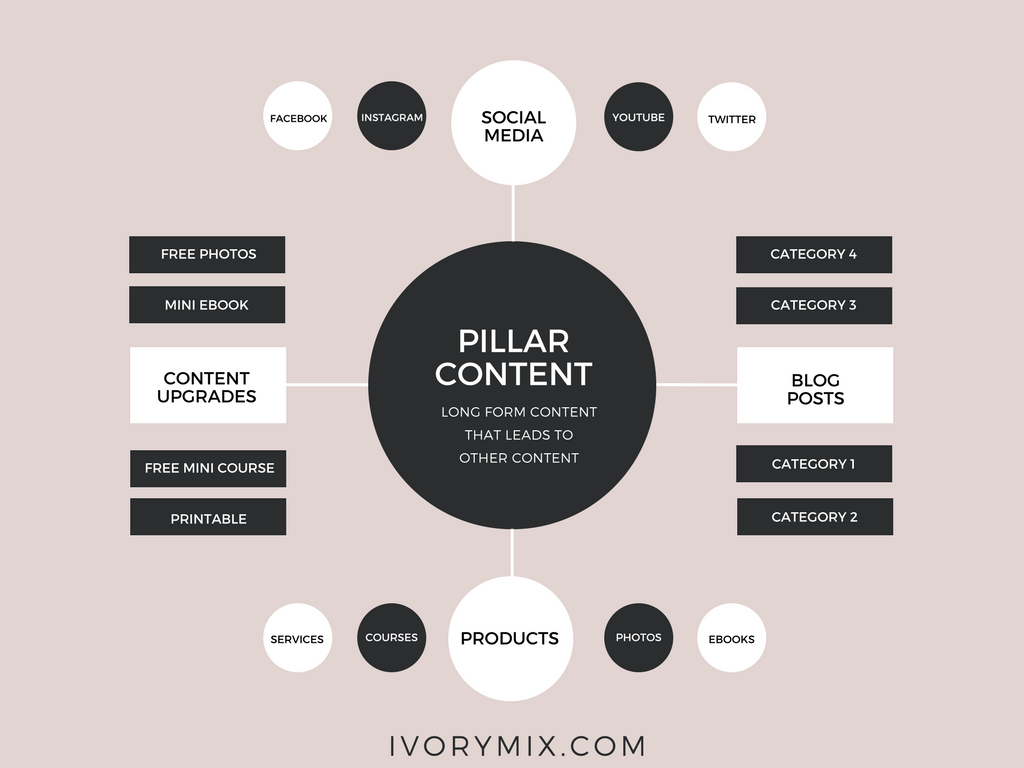
Content management systems (CMS) are your blogging base. WordPress and Squarespace are top picks, known for their ease of use. They help you organize posts, schedule them, and connect with other tools.
SEO tools are crucial for a content plan that hits the mark. Semrush and SpyFu offer insights into keywords, competitors, and content gaps. They ensure your blog topics match what people are searching for.
| Tool Type | Examples | Key Features |
|---|---|---|
| CMS | WordPress, Squarespace | Content organization, scheduling |
| SEO | Semrush, SpyFu | Keyword research, competitor analysis |
| Planning | Asana, Notion | Task management, collaboration |
| Writing | Grammarly, Hemingway App | Grammar checking, readability improvement |
| Visual Content | Canva | Image creation, design templates |
For planning and teamwork, Asana and Notion are great. They help you plan a schedule, assign tasks, and track progress. These tools keep your team on the same page with content goals and deadlines.
Grammarly and the Hemingway App are must-haves for writing. They improve your writing, check for errors, and make it easier to read. Clear and engaging content keeps your audience interested.
Visual content is also key. Canva is perfect for making stunning images and infographics. Visuals can enhance your blog, make it more shareable, and break up text.
With these tools, you’re set to create a content plan that boosts traffic, engages readers, and promotes your blog. Start using these resources today to take your blogging to the next level!
Measuring and Analyzing Your Blog’s Performance
To understand your blog’s success, track important metrics and use data. This method improves your content strategy and meets audience needs.

Key Metrics to Track
Keep an eye on these key metrics to see how your blog is doing:
- Overall blog visits
- Traffic source breakdown
- Top viewed posts
- Average views per post
- Social shares per post
- New blog leads and customers
For B2B sites, aim for 3.96K sessions a month. B2C sites should aim for 9.4K sessions monthly. These goals help you grow your blog.
Using Analytics to Refine Your Content Strategy
Use tools like Google Analytics and Google Search Console for data. Heat mapping software like HotJar tracks user behavior. Use this data to improve your content strategy.
Find out which posts are hits and why. This helps you update and share your content better. Spread your blog across different platforms to reach more people.
Adapting to Audience Feedback and Trends
Listen to comments, social shares, and engagement. These show what your readers like. Update your content based on these insights, mixing current trends with timeless pieces.
Remember, 2025 is the year of the blog’s comeback. By always checking your blog’s performance and adjusting your plan, you’ll keep your audience engaged.
Conclusion: How to Plan Blog Content
Mastering blog content planning is key to success in content marketing and SEO. A well-structured strategy boosts your blog’s performance and engages your audience. AI tools can make planning easier, saving time and improving content quality.
Planning is important, as 75% of bloggers don’t do it. But, spending just five minutes on planning can save up to 30 minutes in editing. This effort is worth it, as 60% of bloggers find writing easier with a plan. AI tools help keep your content original and search engine friendly.
When planning your blog, use different conclusion strategies. Summarize key points, appeal to emotions, and guide readers to more content. Include your target keywords naturally in the conclusion for SEO benefits. By following these tips and using content optimization, you’ll create engaging blog posts that resonate with your audience and drive results.
FAQs – How to Plan Blog Content
What are the benefits of a blog content plan?
A blog content plan helps you meet your blogging goals and saves time. It boosts SEO and prevents missing out on seasonal changes. It also lets you focus on your best ideas and serve your audience better.
How do I define my blog’s purpose and target audience?
Think about what your audience needs and wants. Look at your top-performing posts and trends. Make sure your content matches your 2025 goals and seasonal events. Know who your audience is and what they’re looking for.
What steps are involved in planning blog content?
Start with keyword research and create a content calendar. Develop content pillars and mix up your content types. Decide how many posts you need based on how often you publish.
What tools can help with blog content planning?
Use CMS platforms like WordPress and Squarespace. SEO tools like Semrush and SpyFu are also helpful. Marketing planning software, writing tools, and optimization tools like Grammarly and MarketMuse can assist too. These tools help with hosting, managing, driving traffic, planning, and improving content quality.
How do I measure and analyze my blog’s performance?
Keep an eye on page views, engagement, conversions, and search rankings. Use analytics to improve your strategy. Adjust based on what works and what doesn’t. Listen to your audience and stay up-to-date with trends.
Why is it important to consider visual content and promotion?
Visual content like images and videos can make your content more engaging and shareable. Promoting your content on different channels can help you reach more people and attract new readers.

